It was conventional wisdom, accepted by all – the price of diesel was going to rise, and IMO 2020 was the cause.
One example of many, a report by the Fitch ratings agency, was published in August 2019. “Fuel switching due to IMO 2020 will drive a large and sudden shift in demand for diesel in shipping, and a significant mismatch between supply and demand, and in turn price volatility appears inevitable during its early stages,” the report said.
Months earlier, there was an analysis by economist Philip Verleger. “The Chaos to Come” was a subhead in his report, which pretty much sums up his forecast for the introduction of IMO 2020.
IMO 2020 is here. There hasn’t been chaos. Not only that, but the price of diesel has been plummeting at a rate far exceeding the decline in the price of crude that has been the key feature of oil markets since the start of the year.
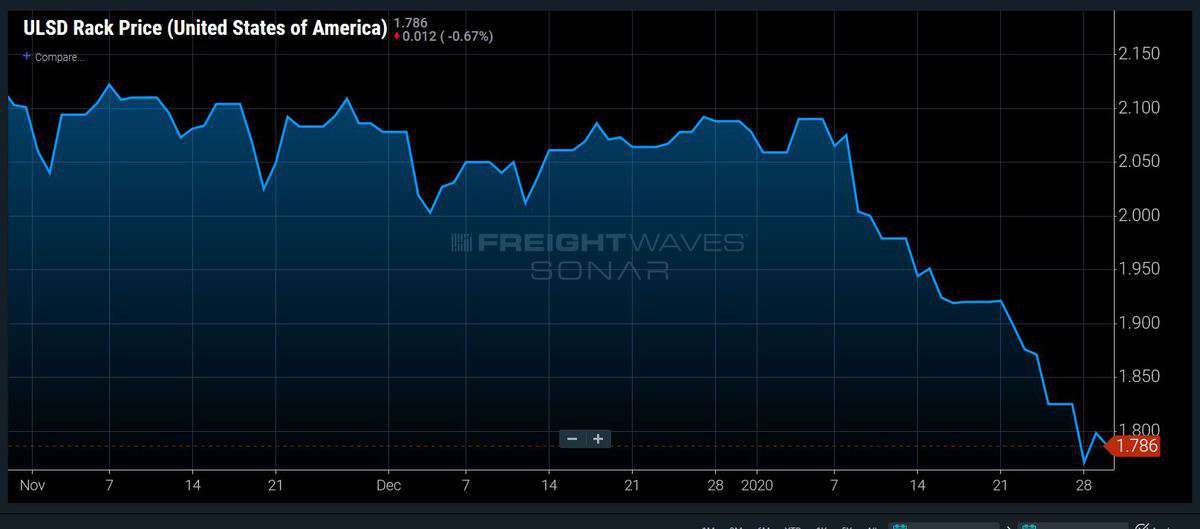
This leads to the obvious question: How did everybody get it so wrong? Were the skeptics right in saying that it might be like Y2K – a lot of build-up followed by a lot of nothing?
But the other question is – Is the transition really over? Interviews with three well-respected market analysts were unanimous in their view – it isn’t. IMO 2020 may be the law of the land – in this case, the land being the entire planet – but transitions to be felt in global oil markets are nowhere near done.
Lots of supplies put into inventory
The primary argument heard from these analysts was similar. The suppliers of bunker fuel – the general term for marine fuels – built up a lot of inventory during the fourth quarter of 2019. It was done over time so it didn’t create tremendous disruption in the diesel market in the fourth quarter (though the spread between diesel and crude did widen significantly in September and October). That inventory has been widely written about in the “oil press;” it was said that much of the inventory was sitting in floating storage – another term for fuel on a ship waiting to be sold onto another ship –in major bunkering ports like Fujairah or Singapore.
But at some point, it’s going to be depleted. And then the impact of IMO 2020 in the diesel market, predicted for so long, might be felt.
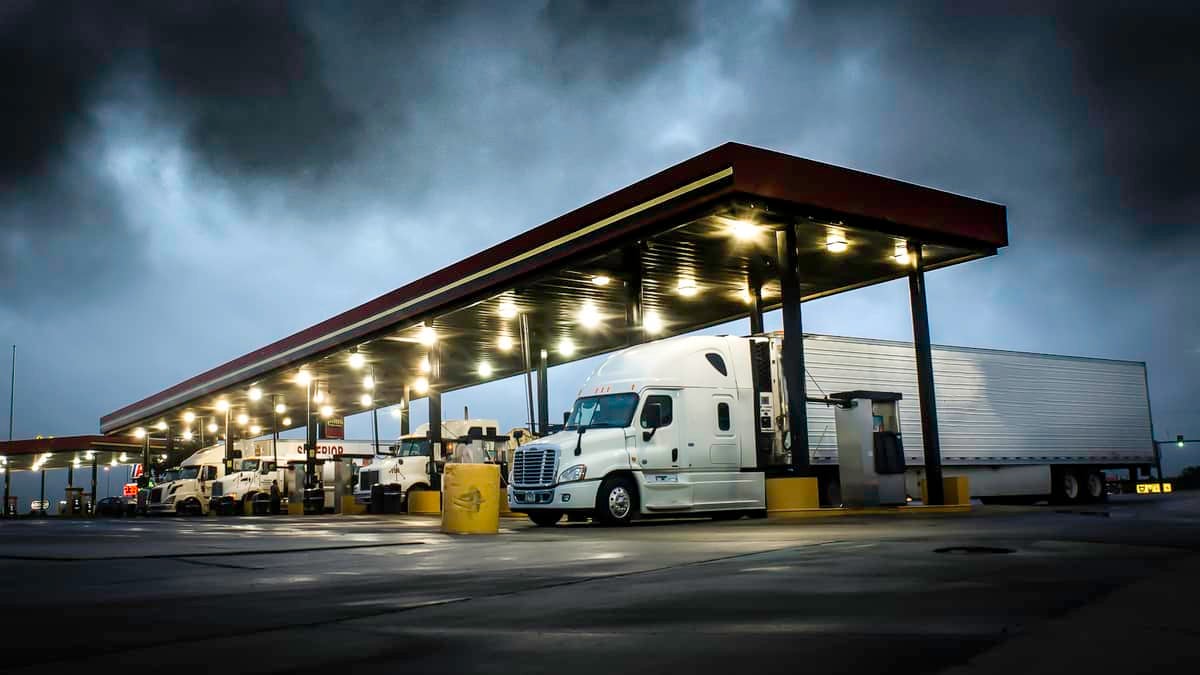
“I think that the market has responded in the short-term through inventories,” said Charles Kemp, a vice president at the renergy consulting firm of Baker O’Brien. Additionally, Kemp said, the shift has been helped by “temporary sanctions of heavy sour crude” on countries like Venezuela and Iran that helped “move qualities in the right direction. “Inventories have been a temporary patch and lower winter demand has been a temporary buffer.”
Kemp would put himself in the category of somebody who has been surprised at the failure of diesel markets to react to the introduction of IMO 2020 on Jan. 1. He has company in that regard. When independent refiner Valero held its third-quarter conference call in October, its executives forecast that recent gains in the price of diesel relative to crude were a harbinger of IMO 2020 reaction. Now those spreads have reversed course.
To recap the regulation: IMO 2020 is a rule implemented by the International Maritime Organization, an arm of the United Nations, restricting sulfur content in marine fuels to no more than 0.5%. The previous limit had been 3.5%. Before that, there was no limit and what got burned to power ships was pretty much a free-for-all.
IMO 2020 took effect Jan. 1. On that date, it was no longer legal for ships to burn high-sulfur fuel oil (HSFO) with a sulfur content up to 3.5%. Displacing those barrels, however, was a source of disagreement.
What was agreed upon was that diesel or the intermediate products that can be used to make diesel, particularly a product called vacuum gasoil (VGO), would have a major role in supplying that new demand for low-sulfur marine fuels.
Stocks buildup showed some signs in the price
If diesel supplies were being diverted to create that inventory, there were some market signals of it back in the fall. For example, the spread between the S&P Global Platts assessment of ultra-low-sulfur diesel in New York Harbor and that of dated Brent crude, the global benchmark, stood at $18.59/barrel on Sept. 24. On Oct. 17, it was $23.39/barrel. That’s just one example; other diesel and distillate products were racking up similar gains during that period. (It was at the tail end of that period that Valero made the previously mentioned comments on the company’s third-quarter earnings conference call.)
But after that, diesel-related spreads drifted downward to more normal levels. By this past week, with diesel plummeting on the back of an enormous growth in U.S. inventories and fears that jet fuel demand might crater because of the coronavirus outbreak, that spread that had been above $23/barrel was barely above $12/barrel.
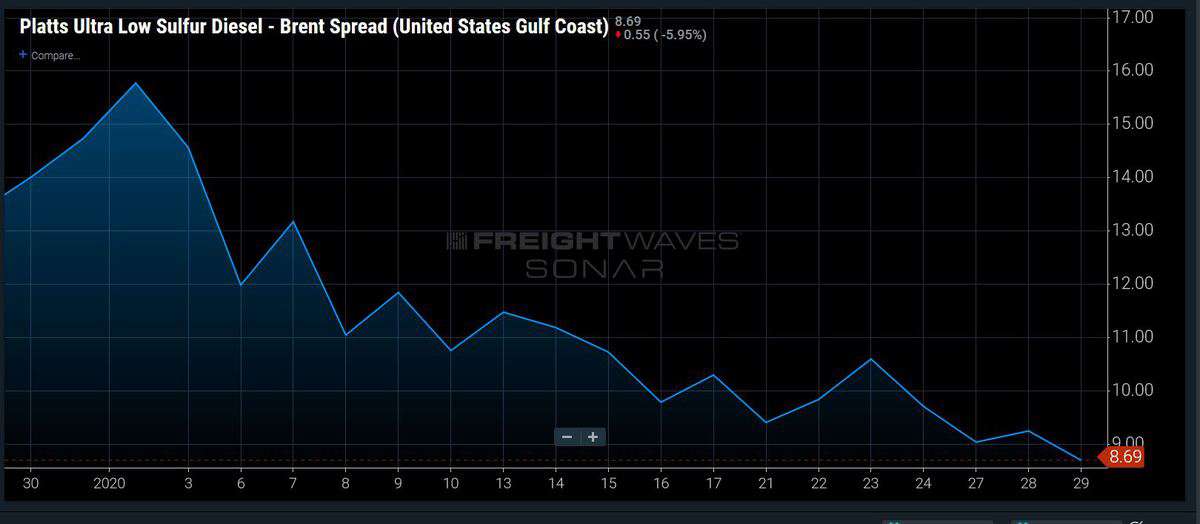
John Auers, an executive vice president with Turner Mason, said the recent drop in diesel spreads relative to crude should not be viewed as a sign that the diesel spike that was feared is definitely kaput. “I would not hold my breath that it’s going to keep this way the rest of the year,” Auers told FreightWaves. “Diesel is a complex market with a lot of different sources of demand.”
Auers, like other analysts FreightWaves spoke to, ticked off a few of them. Leading everyone’s list was the fact that it’s been a warm winter, not just in the U.S. Northeast, where heating oil (which is similar to diesel) is consumed by homeowners. It’s also been warm in Europe and Japan.
Trade wars have slowed international maritime demand; they’ve also impacted air cargo movements from Asia to the West. “There’s lots of these individual things that all tend to kind of add up in one direction,” Auers said. “There will be a bump in demand from IMO, I have no doubt about it. It’s just being hidden by other factors.”
The blending of VGO into new grades of residual fuel called very low-sulfur fuel oil (VLSFO) was seen as one of the pathways to providing an adequate number of compliant fuels. A second was for ships to use an existing product called marine gasoil (MGO).
One piece of conventional wisdom – often promoted by shipowners themselves – was that there would be a big shift to MGO because although it is a more expensive fuel, it is also a known product. VLSFO, by contrast, was an unknown with possible technical issues (and there have been some problems on ships that are burning VLSFO).
That would be bad news for consumers like truck drivers because while VLSFO is a residual fuel with a lot of diesel molecules in it, MGO is a straight diesel product. A significant move to MGO presumably would create even more competition for diesel buyers than if VGO just went into making VLSFO.
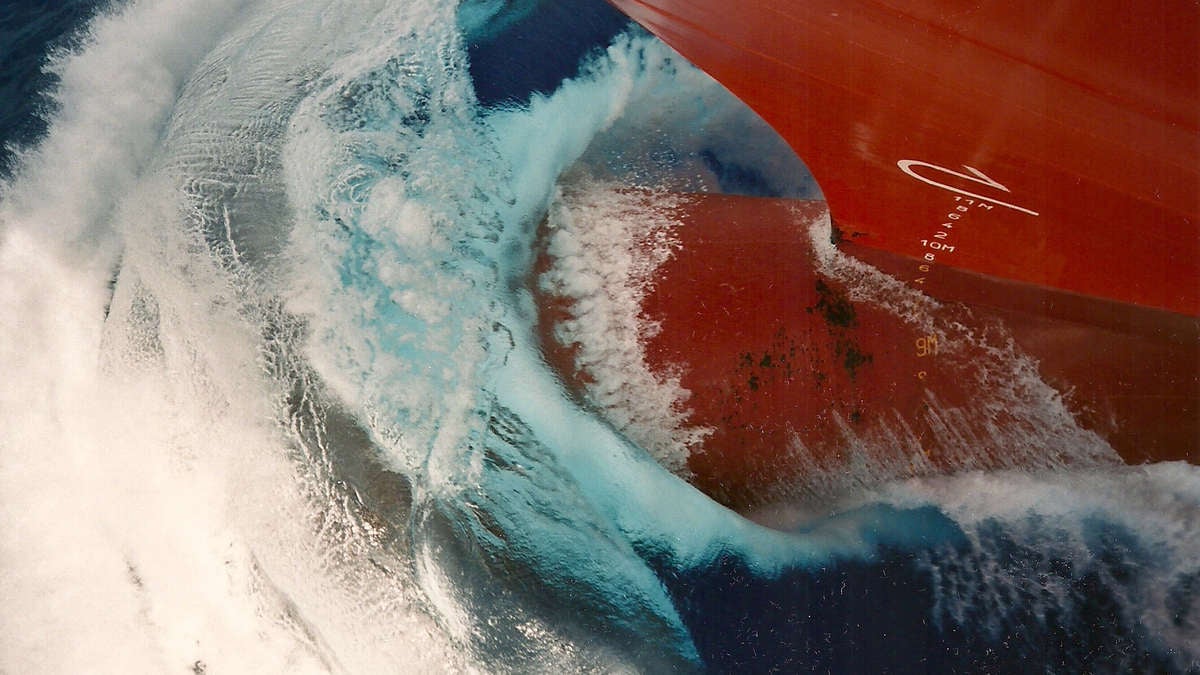
Problems with VGO for some shipowners
Andy Lipow, a longtime independent analyst, said the switch to MGO hasn’t happened. There are issues with MGO’s viscosity in ships. “They don’t want to burn stuff with low viscosity,” he said. “So rather than buy diesel they are looking for any sort of resid-based fuel.” VLSFO would fit that definition.
The result, as Lipow noted, has been a blowout in the spread between the HSFO that is now persona non grata in ships that aren’t equipped with scrubbers and the new 0.5% VLSFO fuels. In early October, the spread in the key bunkering port of Fujairah between HSFO with 3.5% sulfur and the new VLSFO was about $70/metric ton. It’s now over $250/metric ton.
And yet, VLSFO appears to have been made in quantities adequate enough that it has been able to be put into floating storage and did so with minimal impact on the diesel market. How did that happen?
The role of gasoline
Lipow said that has occurred in part because the gasoline market is taking one for the team. VGO is a dynamic product that can be put into a cat cracker to make gasoline or can go into a hydrocracker to produce diesel. With the advent of VLSFO, it can be blended to help produce that IMO 2020-compliant fuel.
Lipow noted that gasoline margins have been extremely weak, incentivizing refiners to not run VGO through cat crackers. That means more VGO to produce the VLSFO that had seen its inventories build. “You are seeing the diversion of VGO into the marine fuel segment,” he said.
These sorts of shifts are not permanent. Start cutting back on the production of gasoline and eventually gasoline supplies will tighten and the market will rise. At that point, the economics of diverting that VGO into the marine fuel market to make compliant VLSFO doesn’t look quite as desirable. The cat crackers will beckon.
As Auers said, capital investment to build new units to produce more compliant fuels has been infrequent. Making such an investment when you don’t know how the prices of new fuels will shake out is challenging and could result in the assets being “stranded,” he said. There have been small projects and shifts at refiners, “but there are no big major projects justified by IMO 2020,” Auers added.
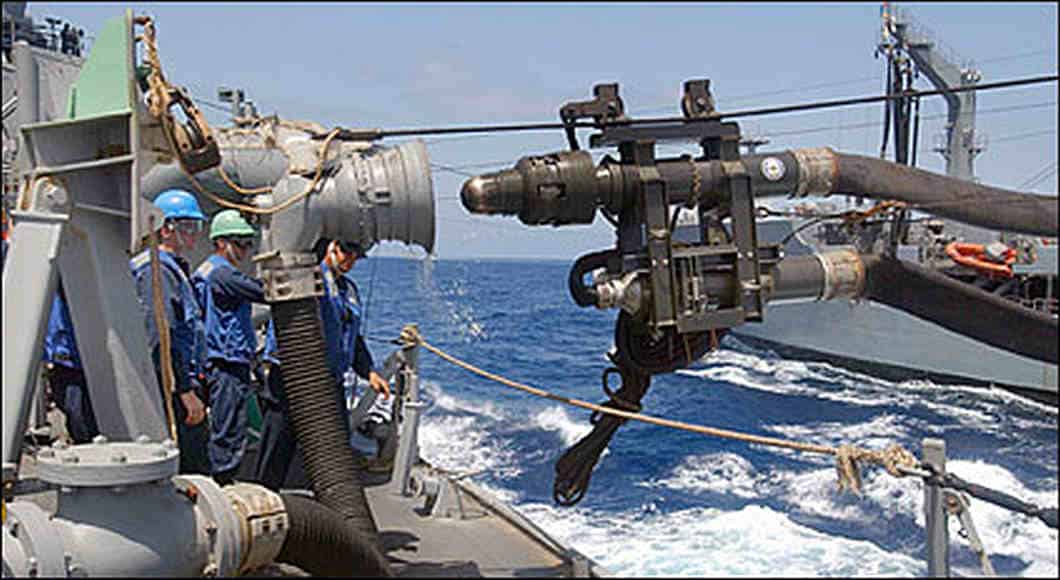
Besides the blowing out of the spread between low-sulfur and high-sulfur fuel oil mentioned earlier, there are other market reactions to IMO 2020. For example, a little-traded Australian crude called Pyrenees recently traded at $31/barrel more than the dated Brent benchmark. A few months ago, it went for $17/barrel. Back in May, it was a $10 premium. Why? Because it’s a relatively heavy crude so it makes a decent amount of fuel oil and it’s low in sulfur. That combination means it has great economics to make VLSFO.
These are all short-term developments. Kemp of Baker O’Brien said the facts still are that anywhere near 2 million barrels per day of distillate supply is going to be needed to displace HSFO and that doesn’t happen in such a short period of time. “I think IMO 2020 is a long-term issue because the ultimate solutions are long-term,” he said.







